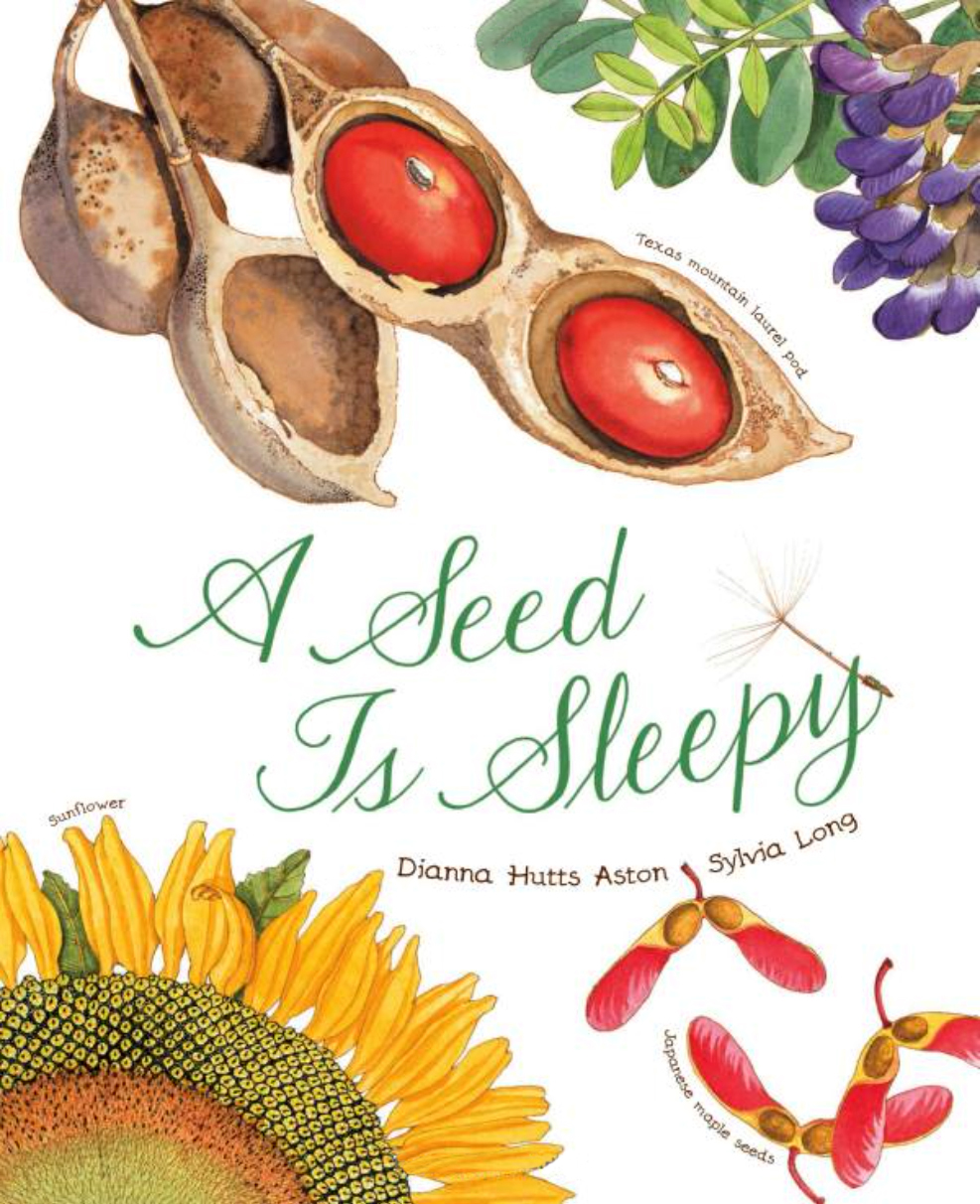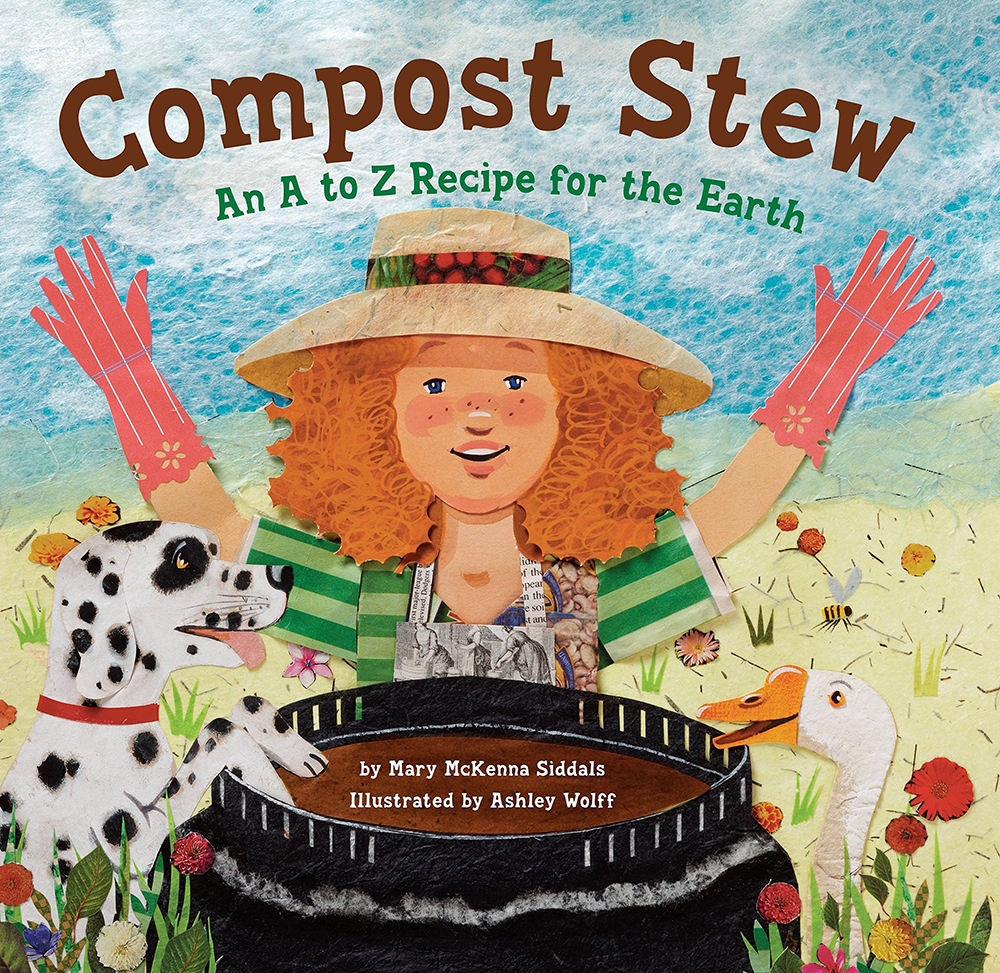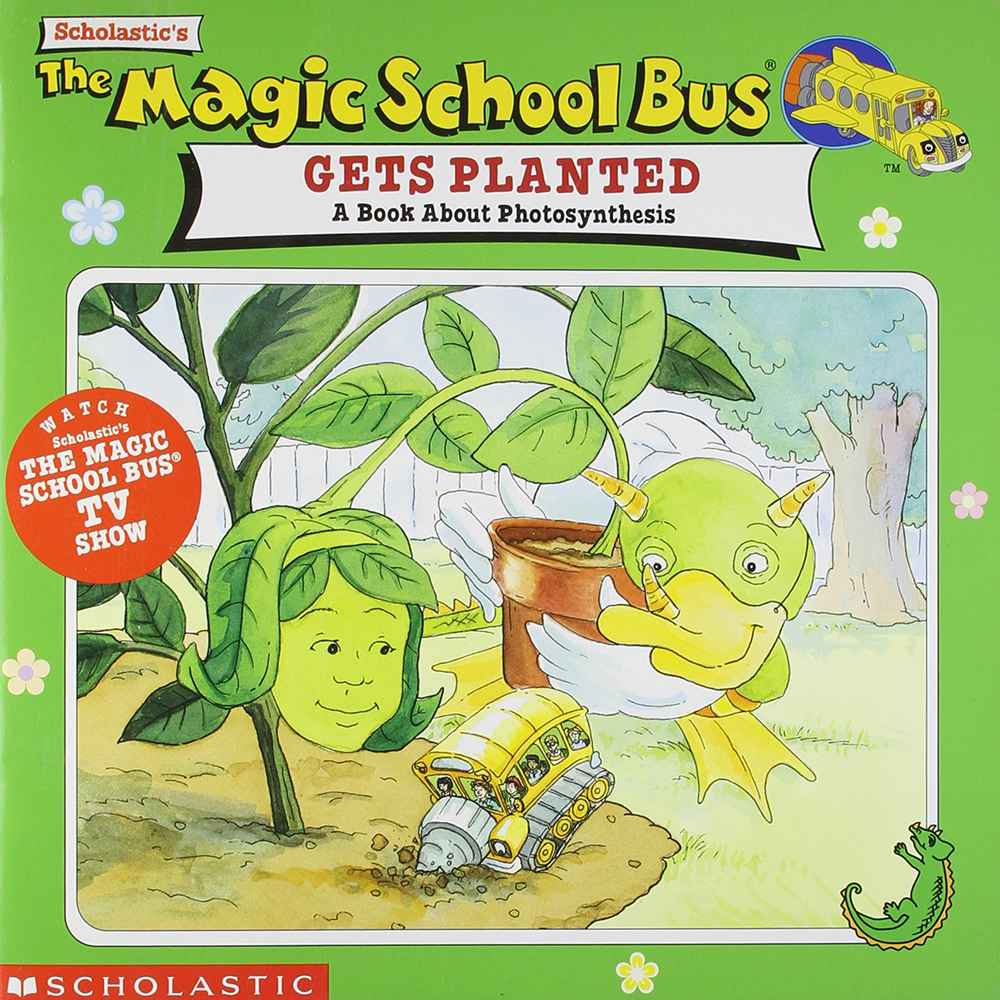Milestone Exploration for Volunteers
Agriculture & the Environment
Seed Sprout
Seed Sprout Tutorial Video
This tutorial video will walk you through the Seed Sprout activity.
Background Agricultural Connections
Seeds are vital to our survival. Without seeds, the plants that provide our food, fuel, fiber, oxygen, and many other essential products would not exist. Seeds are the method by which some plants reproduce. Each seed has a seed coat (the protective outer covering of a seed), an embryo (a plant in the early stages of development before it is sprouted), and a food source in the form of either an endosperm (tissue formed within a seed that contains energy [starch] and protein for the germinating seed) or cotyledons (an embryonic leaf in seed-bearing plants, one or more of which are the first leaves to appear from a germinating seed).
In order for a seed to germinate (to begin to grow, sprout), it needs warmth, moisture, and air. Seeds remain dormant (not active but able to become active) and will not germinate until the proper conditions are present. For example, in some climates the winter soil temperature may dip to below 32°F. Seeds will not sprout in these conditions. Once the ground thaws in the spring and the temperature rises to approximately 65°F, most seeds will sprout if moisture and air are also available. Most seeds germinate when the temperature is 65-85°F.
In the germination process, moisture softens the seed's outer protective covering, called the seed coat. The embryo pushes through the softened seed coat and the new plant begins to grow. The roots push further down into the soil and a shoot, which contains the new plant's stems and leaves, pushes up towards the surface.
The germination process can be somewhat mysterious because it typically occurs underground where it cannot be observed. The clear plastic glove and cotton balls used in this activity provide an opportunity to view the germination process and the plant's beginning growth and root system.
Suggested Book
A Seed is Sleepy by Dianna Aston
A Seed is Sleepy offers a beautiful and informative look at the intricate, complex, and often surprising world of seeds by introducing a fascinating array of seed and plant facts.

Weather Watch
Background Agricultural Connections
Weather describes the state of the atmosphere, the thick blanket of air surrounding the Earth, at a certain place and time. Weather is caused by heat, water, and air. Temperature, the amount and type of moisture in the air, and the strength of the wind are different components of the weather. The average weather pattern in a location over several decades is called climate. Climates differ depending on the region of the world.
Severe weather events such as floods, extreme cold or heat, intense winds, hail, or tornadoes can negatively impact farms and ranches. The USDA estimates that 90% of crop losses are related to extreme weather. Weather forecasts predict what the weather will be on a particular day and can help farmers and ranchers know what to expect and plan for extreme weather. Severe weather warnings can help farmers prevent damage to crops, animals, and properties.
Meteorologists are scientists who study weather patterns and forecast the weather by observing air temperature, wind direction, humidity, wind speeds, clouds, precipitation, visibility, and atmospheric pressure. Weather instruments, such as thermometers, weather vanes, wind socks, rain gauges, barometers, hygrometers, radars, satellites, and weather balloons, are used to record the weather.
Suggested Book
Weather Words and What they Mean by Gail Gibbons
Everyone talks about weather, but what does it all mean? Weather Words and What They Mean explains the origins of fog, clouds, frost, thunderstorms, snow fronts, hurricanes, etc., reinforcing the explanations with clear, well-labeled drawings and diagrams. Best of all, the book features a fun list of weird weather facts!

Soil Investigation
Soil Investigation Tutorial Video
This tutorial video will walk you through the Soil Investigation activity.
Background Agricultural Connections
Soil is the foundation for agriculture. We need soil to grow the plants we eat, the plants we wear (cotton and linen), the plants that provide us materials to build shelter, and the plants we use for thousands of different applications. Soil is composed of four elements: air, water, organic matter (decomposed material from once-living organisms), and non-living mineral particles (tiny pieces of weathered rock).
Sand, silt, and clay particles make up the inorganic, mineral component of soil. Sand particles are the largest and can be seen with the naked eye. Sand has a coarse feel and allows water to move through very quickly. Silt particles are too small to see with the naked eye. They are often found in places that have flooded and dried out again. Clay particles are the smallest, fitting together so closely that it is difficult for water to flow through.
The best soil for plants allows water to move through slowly so that some is held in the soil for plants to use. Water moves too quickly through sand, meaning that plant roots can dry out rapidly. Water moves very slowly through clay, but clay can hold water so tightly that plants can't get to it. Soil that is good for plants has a mixture of sand, silt, and clay particles, as well as organic matter. Organic matter, also known as humus, acts like a sponge to help the soil capture water. Organic matter is formed by the decomposition of dead plants and animals or plant and animal waste.
Suggested Book
Jump Into Science: Dirt by Steve Tomecek
A star-nosed mole shows off all the different kinds of dirt in his garden, helps us to understand how dirt is formed and what's in it, and points out many of the incredible creatures who live in the dirt. Explore fascinating scientific information about the different soil layers, or horizons, and find out how the soil that plants grow in differs from the soil that building foundations sit in.

Compost Bottle
Compost Bottle Tutorial Video
This tutorial video will walk you through the Compost Bottle activity.
Background Agricultural Connections
Decomposition (the process of breaking down or being broken down into simpler parts or substances especially by the action of living things like bacteria or fungi) is a fundamental process in which all life depends. Bacteria, fungi, and other microscopic organisms that live in the soil, air, and water are responsible for turning once-living plants and animals into nutrients that can be used again and again. Think of these organisms as nature's recyclers. They can produce special enzymes that allow them to break down dead plants and animals and use them as food.
Composting takes advantage of microbial decomposition to turn farm, garden, and kitchen wastes into a nutrient-rich soil amendment (a material added to the soil to improve its physical, chemical, and/or biological properties). Adding compost to soil provides nutrients to plants, improves soil structure, and increases the water-holding capacity of the soil.
Suggested Book
Compost Stew by Mary McKenna Siddals
From apple cores to zinnia heads, discover the best ingredients for a successful compost pile. How do you start a compost pile? What's safe to include? This book provides the answers.

Light Investigation
Light Investigation Tutorial Video (Coming Soon)
This tutorial video will walk you through the Light Investigation activity.
Background Agricultural Connections
Green plants need light to perform photosynthesis. Photosynthesis is the process by which green plants transform light energy into chemical energy. Plants use the energy of light to convert carbon dioxide and water into sugar (glucose) and oxygen. Carbon dioxide is absorbed by the leaves through the stomata. Water enters the plant at its roots and travels through the stem to reach the leaves. The leaves are the primary site where the photosynthesis process takes place. Inside the leaf cells are structures called chloroplasts. Each chloroplast contains chlorophyll, a chemical that gives leaves their green color. When the leaves receive light, chlorophyll captures the light's energy and stores it to eventually be used to convert water into hydrogen and oxygen. The water's hydrogen and oxygen atoms are combined with the carbon dioxide's carbon and oxygen atoms to create glucose molecules which are used by the plant to produce its food. Oxygen, a byproduct of the photosynthesis process, is released into the atmosphere through the stomata. In plants, photosynthesis only occurs in the presence of light.
Suggested Book
The Magic School Bus Gets Planted: A Book About Photosynthesis by Joanna Cole & Lenore Notkin
Ms. Frizzle's class takes a trip into a nearby plant to find out what plants eat. Join the gang as they get to the root of the matter and learn all about a plant's private food factory.

